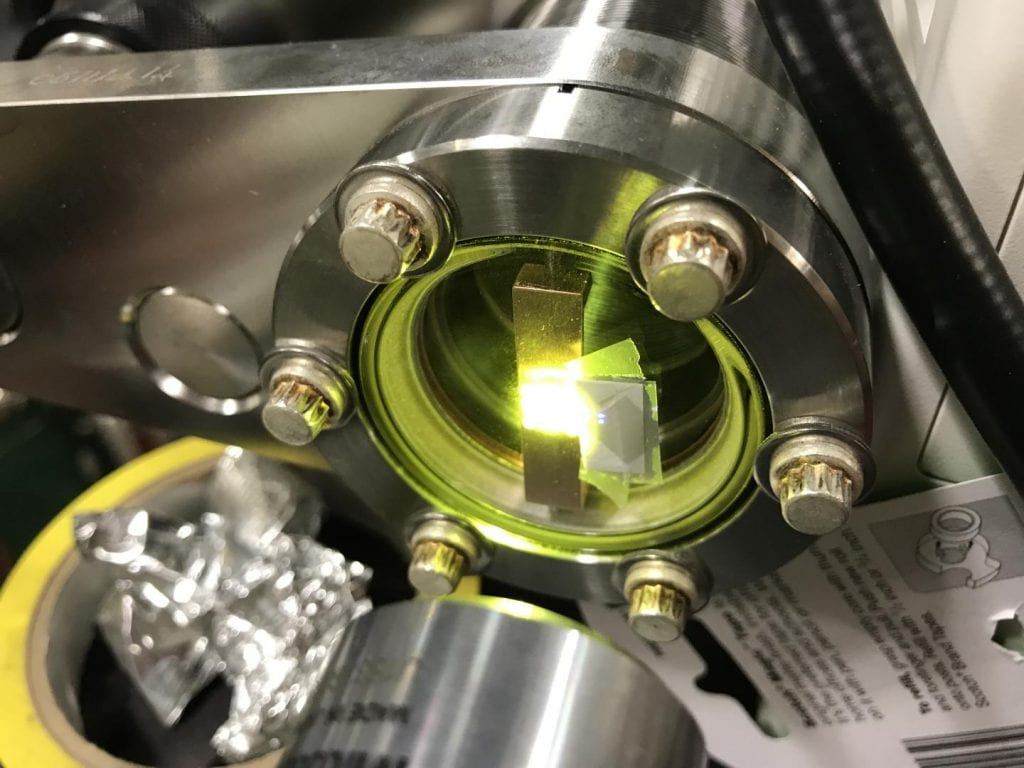X-Ray Scintillators
Introduction
Gadolinium oxysulfide (Gd2O2S), also referred to as Gadox, GOS or P43, is the most widely used phosphor in X-Ray applications, on account of its comparatively high luminescent efficiency, it’s well understood material characteristics and the fact that the photons emitted are comparable to the wavelengths detected by silicon light detection devices, including charge-coupled detector (CCD) and complementary metal oxide semiconductor (CMOS) sensors.
The main purpose of X-Ray phosphors is to respond to X-Rays which re-emit energy as visible photons. They can be incorporated into a wide variety of X-Ray imaging devices, including within medical, dental and security applications.
Here at Analytical Components, we offer all three types of Gadox scintillator screens: Gadox: Tb, Gadox: Pr and Gadox: Eu.
The primary use for Gadox: Tb and Gadox: Pr is hard X-Rays whereas the principal purpose of Gadox: Eu is for extremely high energy X-Rays. Another widespread use of Gadox: Tb is as a scintillator for X-Ray imaging. While it has a primary emission peak of 545nm, Gadox: Tb can emit wavelengths ranging from 382 to 622nm.
Substrates
Analytical Components can coat Gadox onto a wide range of substrates which include Glass and Fibre Optic Plates (FOP), and even materials like Stainless Steel, Copper and Aluminium.
We also offer specialist materials like Mylar, Silicon and direct coatings onto the cathode of vacuum tubes.
Analytical Components is always investing in new coating methods and techniques which allow us to coat Gadox in a variety of different ways. Please contact our knowledgeable staff who can advise which coating method can be used and is most applicable to the material.
X-Ray Screen Applications
Gadox: Tb screens are the ideal choice for people who want low costs and high
homogenous coatings. Gadox: Tb screens are also desired for low frame rate applications, where the main priorities are image resolution and light output.
Applications of X-Ray screens include:
- Inspection of large objects using radiography.
- X-Ray cabinets for postal service.
- Ultra-high speed imaging (Gadox: Pr)
- Dual Energy Computed Tomography (DECT)
- E-Beam detection in SEM/TEM
- Backscatter Detectors (Gadox: Pr)
Gallery





Analytical components scintillators are essential in various fields, enhancing precision in hospitals, medical imaging, dental imaging, and veterinary imaging for accurate diagnostics and treatment. They are crucial for security screening and industrial inspection, ensuring safety and quality. Additionally, scintillators drive advancements in nuclear research and support innovation in university & college research.
